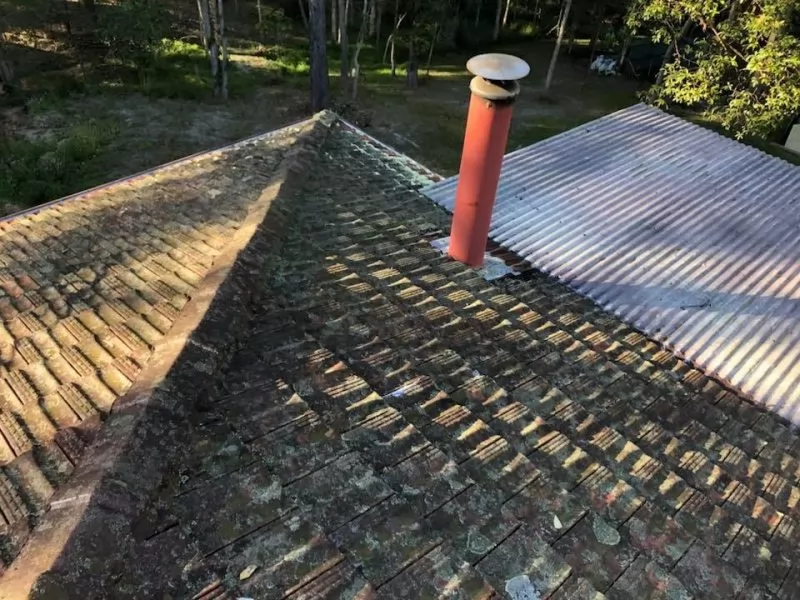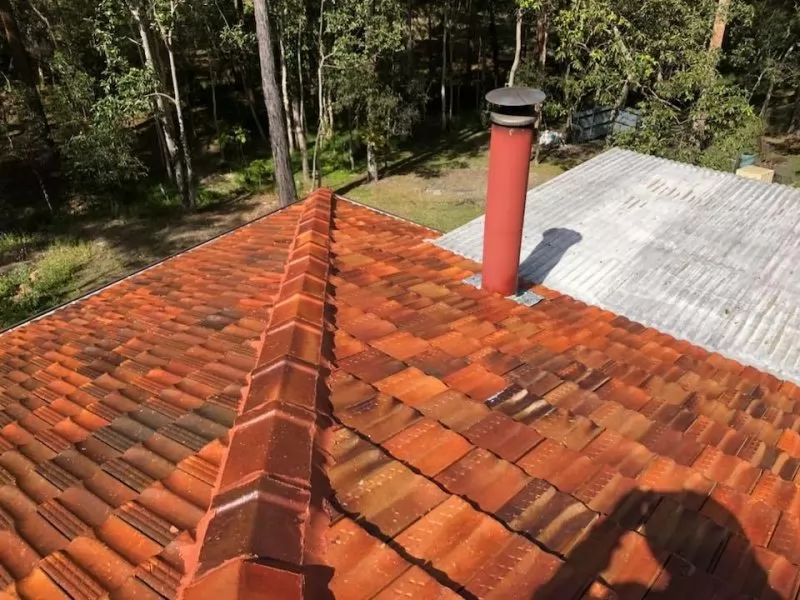TERRACOTTA ROOF RESTORATION
Benefits of Terracotta Tile Roofs
One of the primary benefits of terracotta tiles is their longevity. With proper care and maintenance, a terracotta roof can last over 75 years, and in some cases, even up to a century. This makes them a cost-effective choice in the long run, despite their higher upfront cost compared to other roofing materials.
Terracotta tiles are also highly resistant to weathering and can withstand harsh weather conditions, including heavy rain, strong winds, and extreme temperatures. Their natural composition makes them resistant to fire, making them a safe choice for areas prone to wildfires.
Aesthetically, terracotta tiles offer a timeless, classic appeal. Their rich, earthy tones can complement a variety of architectural styles and add a touch of elegance to any home. Moreover, their glazed surface reflects sunlight, helping to keep homes cooler in the summer and contributing to energy efficiency.
Drawbacks of Terracotta Tile Roofs
Despite their many benefits, terracotta tiles do have a few drawbacks. As mentioned earlier, they are more expensive upfront than other roofing materials. This is due to the cost of the materials themselves, as well as the labor-intensive installation process.
Terracotta tiles are also heavier than other roofing materials, which means that the roof structure must be strong enough to support their weight. This can add to the cost of installation, especially if additional structural support is needed.
Another potential issue with terracotta tiles is that they can be prone to cracking or breaking if walked on or exposed to heavy impact. This can lead to leaks and other issues if not addressed promptly.
Common Issues with Terracotta Tile Roofs
Over time, terracotta tiles can develop a few common issues. Moss, lichen, and algae can grow on the tiles, particularly in damp, shady areas. This can lead to discoloration and can potentially damage the tiles if left untreated.
Another common issue is cracking or breaking of the tiles. This can occur due to a variety of factors, including weathering, impact damage, or simply the age of the tiles. Cracked or broken tiles can lead to leaks, which can cause further damage to the roof structure and the interior of the home if not addressed promptly.
Terracotta Tiles Roof Restoration Process
Restoring a terracotta tile roof involves several steps to ensure that the roof is not only aesthetically pleasing but also structurally sound and able to withstand the elements.
STEP 1. CLEANING
The restoration process begins with a thorough cleaning using a fungicidal cleanser. This kills any fungus and algae on the tiles and weakens the attachment of lichen and moss, making them easier to remove.
STEP 2. REPLACE BROKEN TILES
Any cracked or broken terracotta tiles and ridge caps are replaced. This is crucial for preventing leaks and ensuring the structural integrity of the roof.
STEP 3. REPOINTING
Flexible pointing is used to re-point all ridge caps, allowing for 17mm of movement before cracking. Re-bedding is performed when necessary. This step ensures that the terracotta tiles are securely attached and helps to prevent leaks.
STEP 4. GLAZING COAT
The final step in the restoration process is the application of a glazing coat. This gives the tiles a shiny, new appearance and helps to protect them from the elements. The completed terracotta roof restoration shows bedding done, pointing to match tile completed, and glaze applied.
BEFORE

AFTER

In conclusion, while terracotta tile roofs do have a few drawbacks and can develop certain issues over time, their many benefits, including their longevity, durability, and aesthetic appeal, make them a worthwhile investment. With regular maintenance and restoration, a terracotta tile roof can continue to add value and beauty to your home for many years to come.
